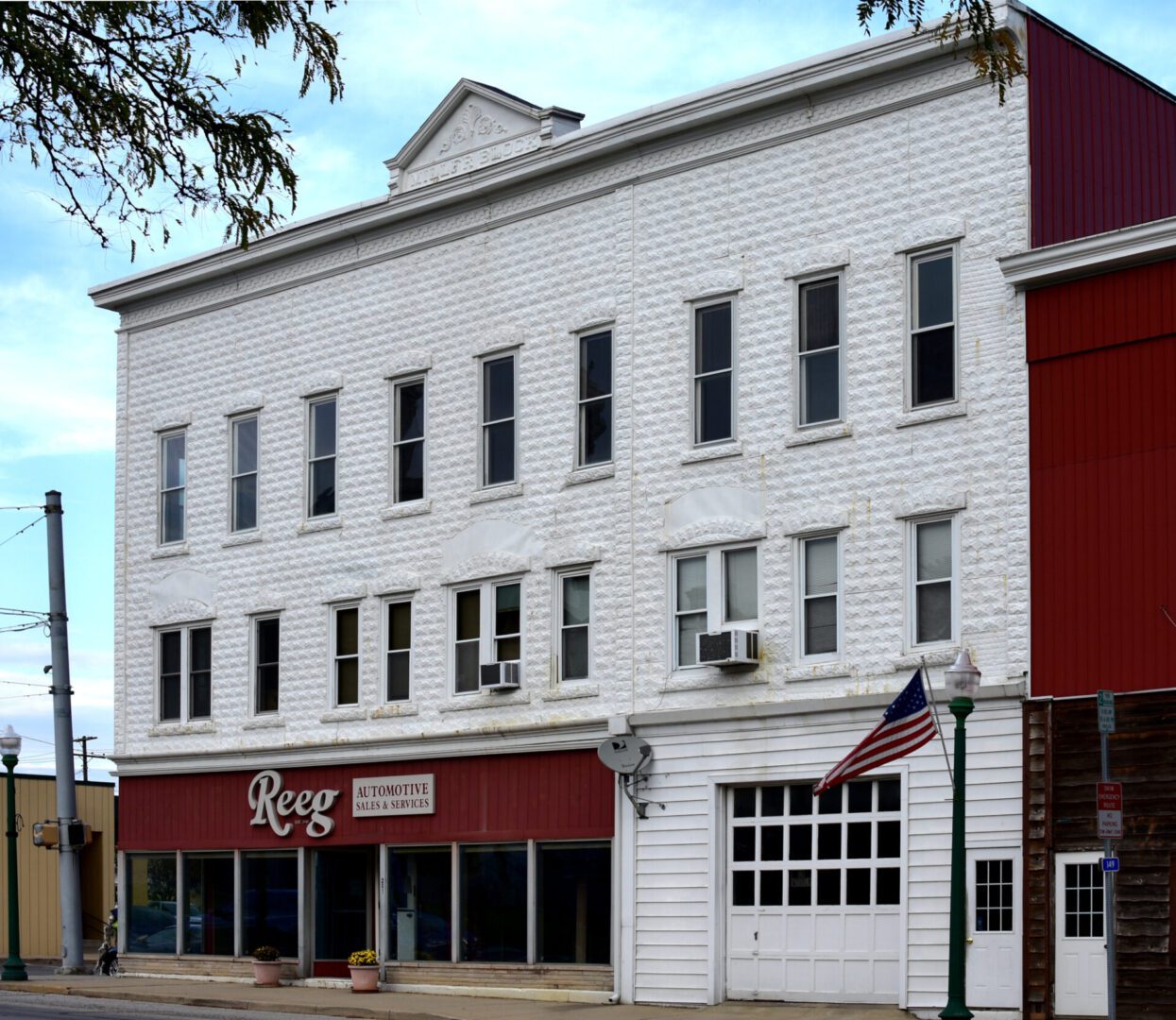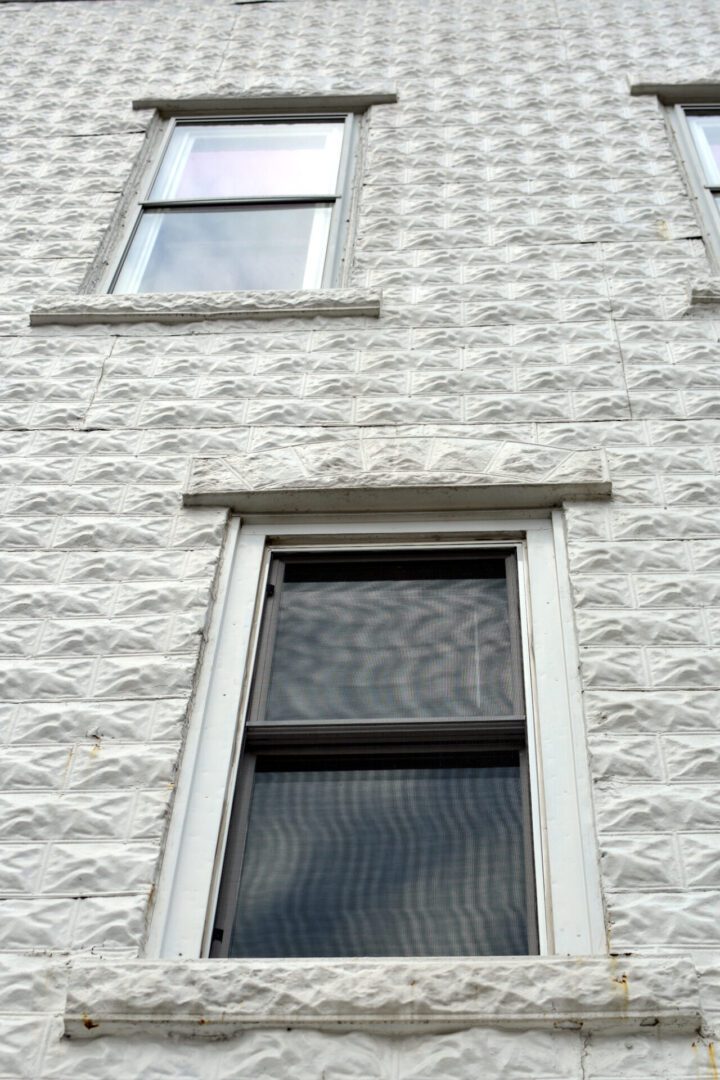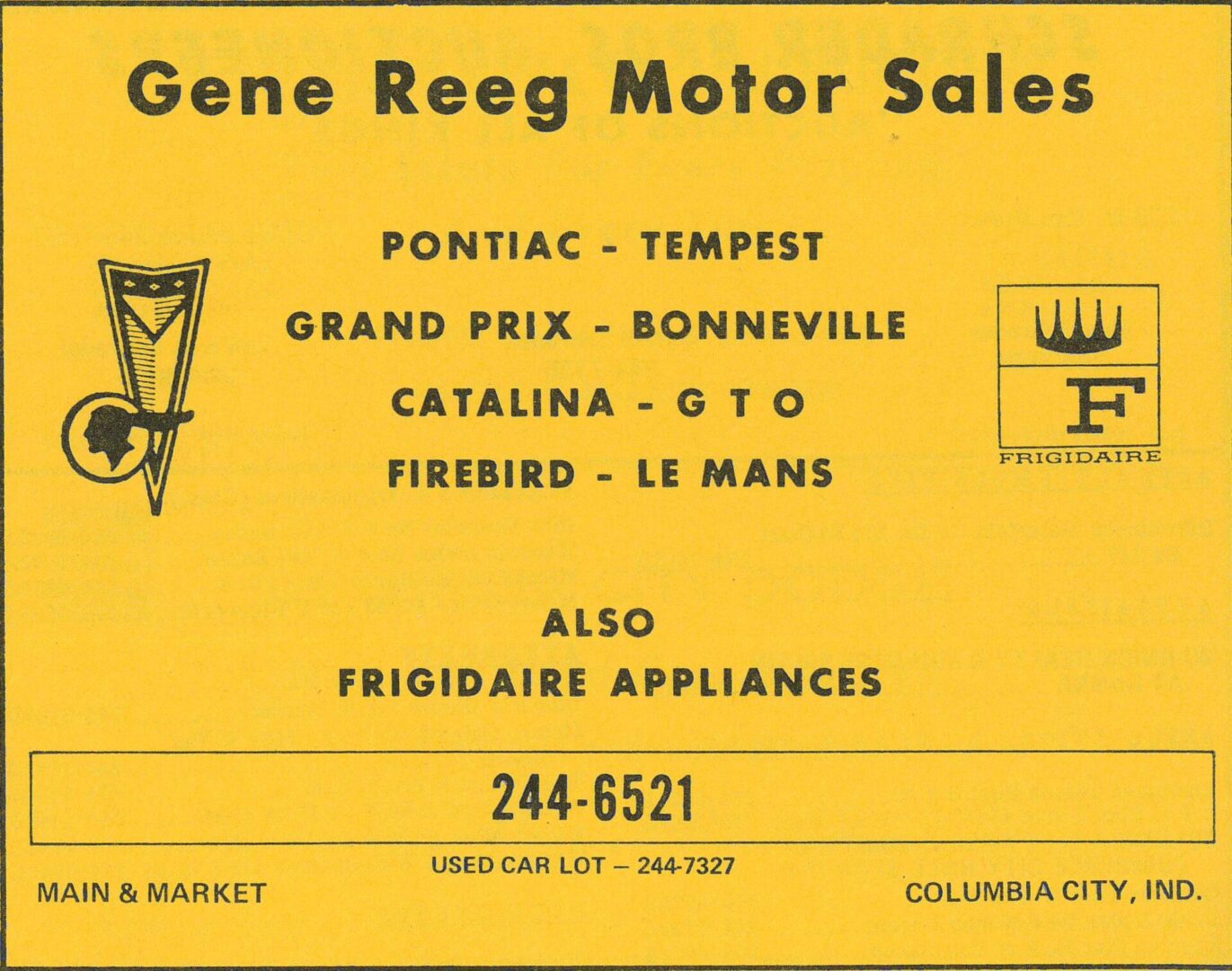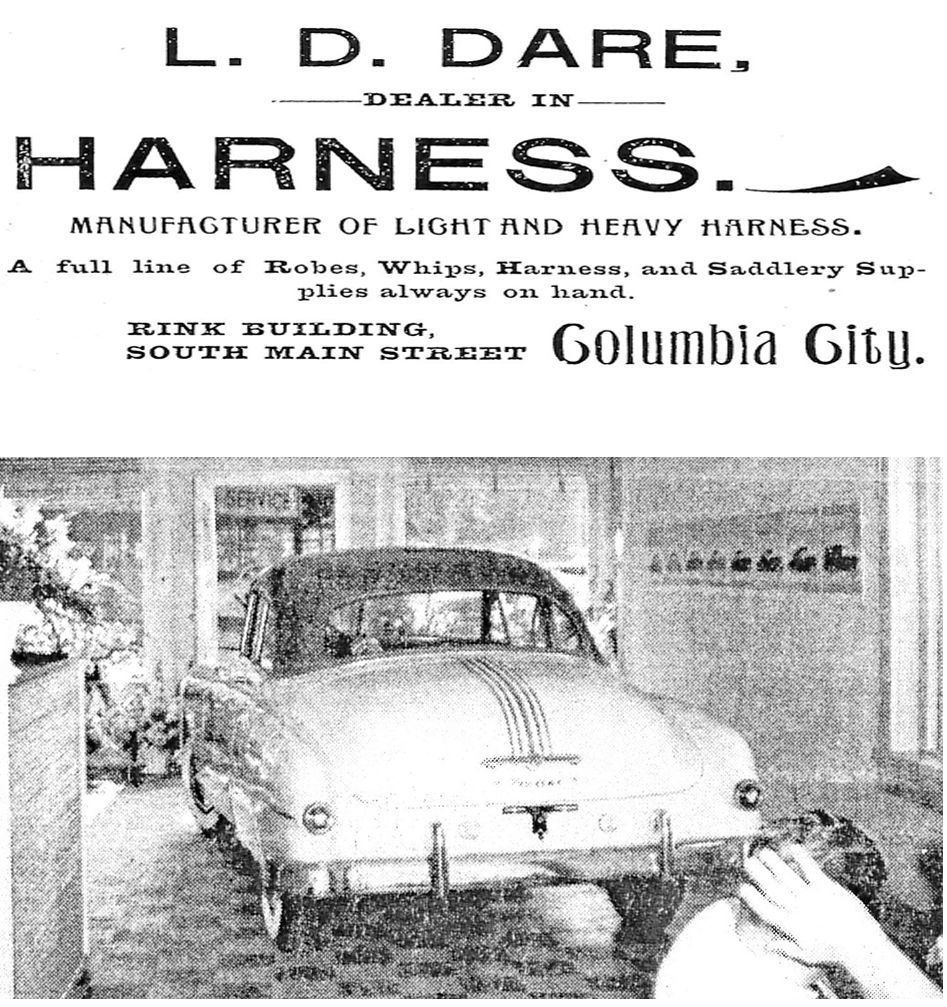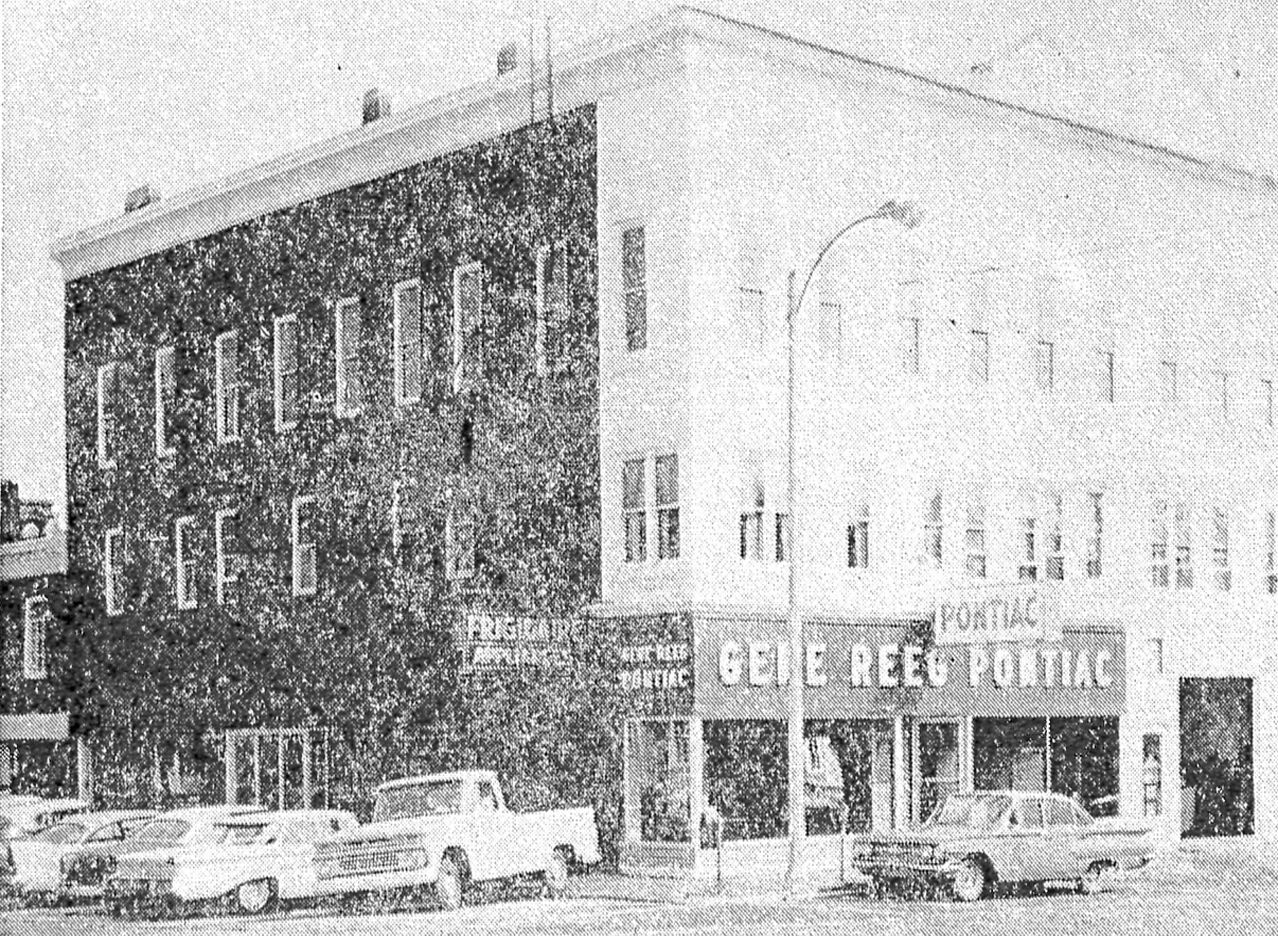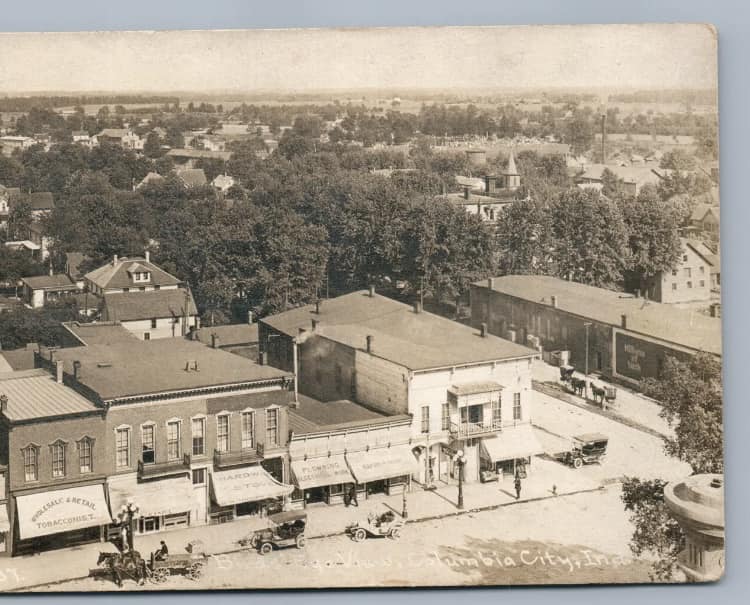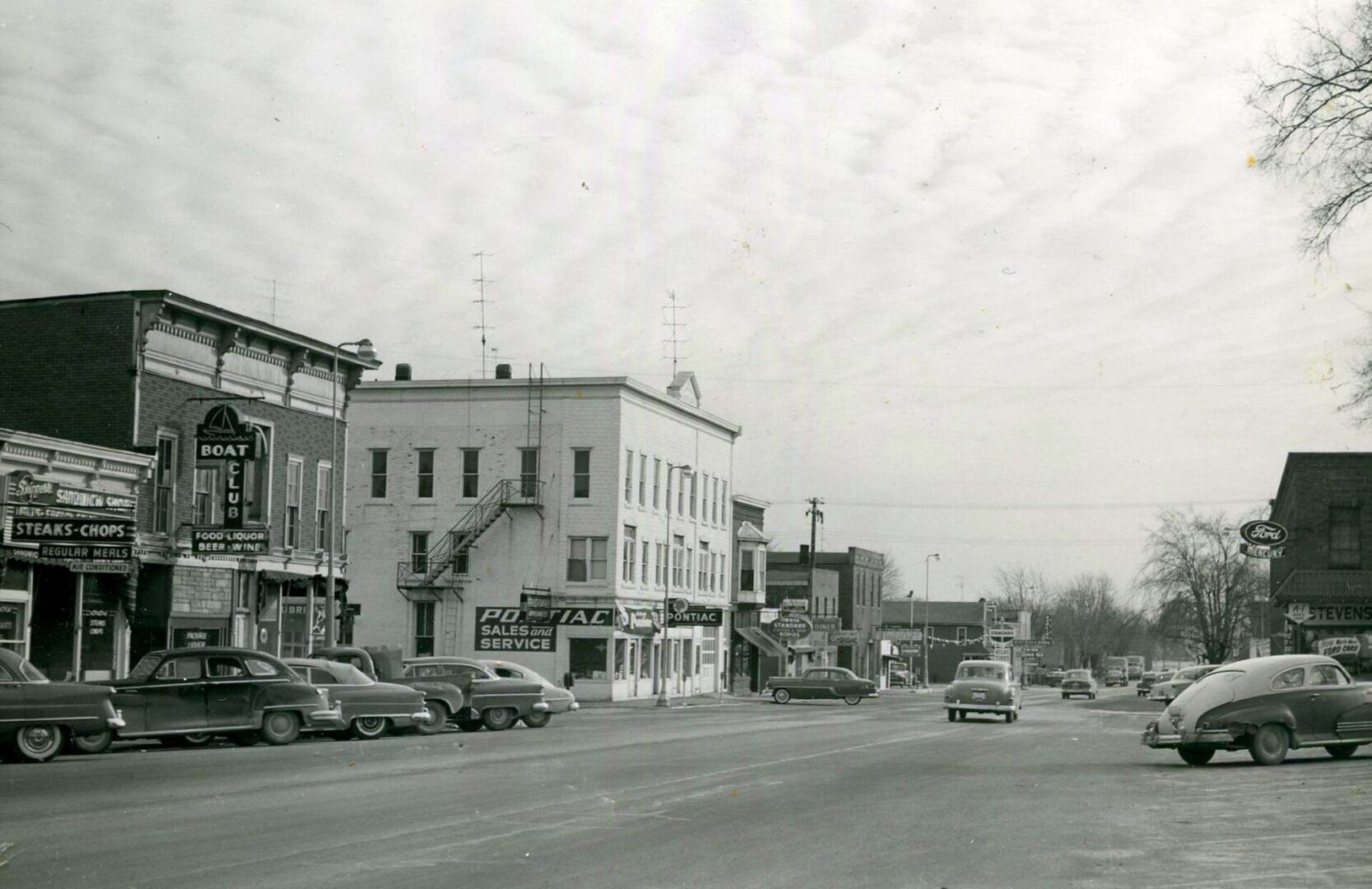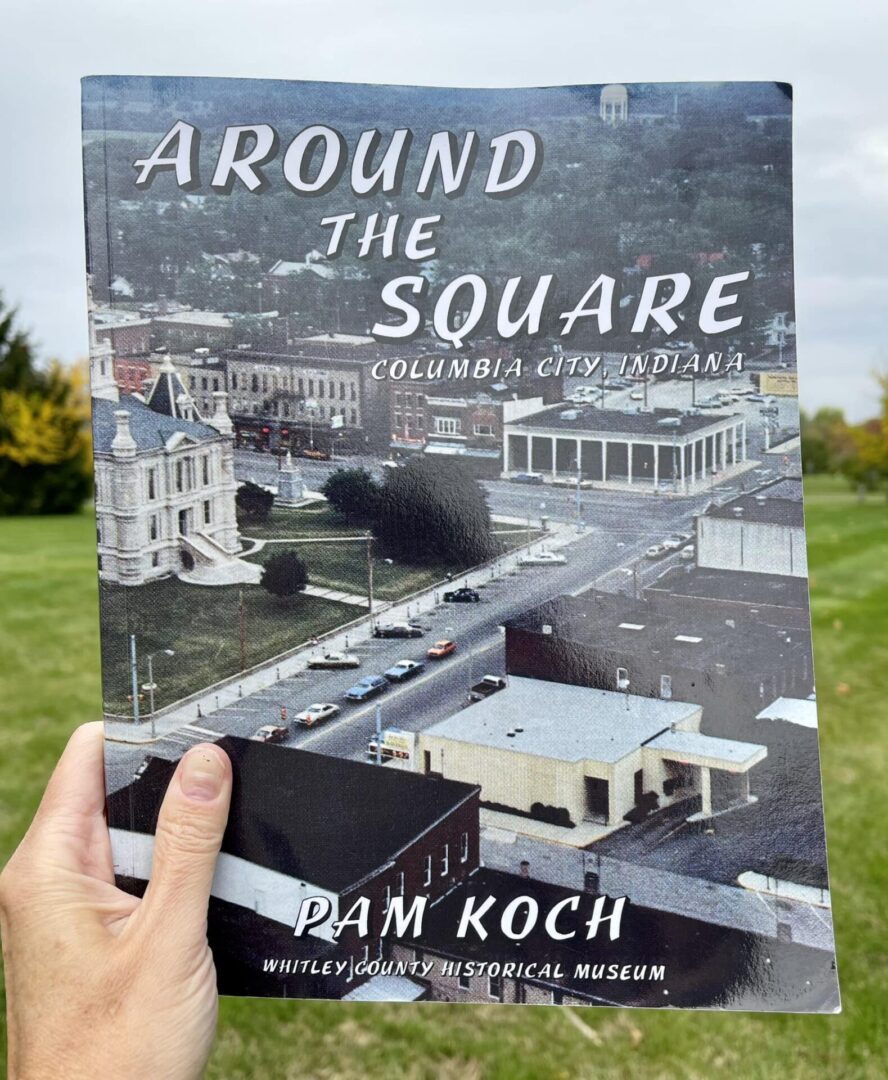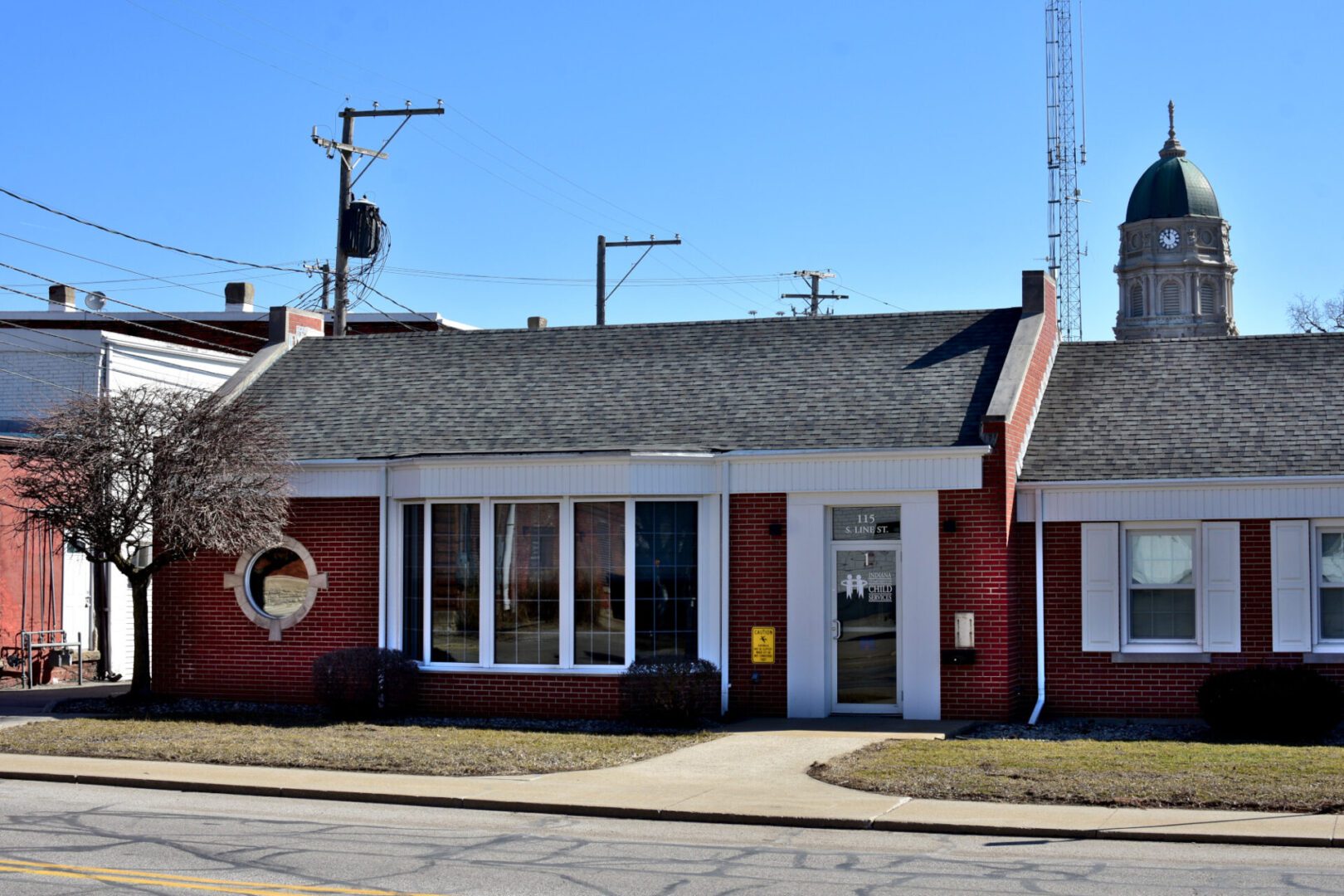The History that Made Us
“Built in 1883 as a two-story structure, by 1885 the Linvill and Mitten Roller Skating Rink and Opera House occupied the first floor and had become a popular site of entertainment for the community. Roller skating was a nationwide craze and theatrical presentations of all types were greatly in demand. The east end of the building was the stage with a gallery wrapping around the remaining three sides, providing three tiers of seating. The stage saw many types of activities, including the increasingly popular Chautauqua, which was a mix of entertainment and education. The middle of the area had a wooden floor which accommodated roller skating, boxing and basketball among other activities. When skating occurred (Wednesday evenings and Saturday afternoons) it was referred to as the Rink but for stage presentations it was known as the Opera House or Hall.
“In 1888, having outgrown the existing courthouse, the county needed to build its third courthouse. It was to be built on the same site, so the county offices and records were moved to the second floor of the Rink and the court rooms were moved to the Central Building for the duration of the construction. It served as an armory for the soldiers leaving for the Spanish American War.
“In 1913 H.M. Miller added a third story to the west end of the building and the “Miller Block” legend now identifies the building. Miller’s Ford business occupied the first floor. That same year Mr. Miller placed an order with the Ford Automobile Company for 90 years of the 1914 model. The first load consisted of six touring cars.
“The Gene Reeg Motor Sales took over the building in September 1949 and handled Pontiac Automobiles, GMA trucks and Frigidaire appliances. When Gene Reeg was killed in an auto accident in October 1969 Georgia, his widow continued to run the business. In November 1970, she became the first female General Motors dealer in the nation, with both the Pontiac and GMC franchises in her own name. Two thousand and ten saw the business become a stand-alone dealership as a result of the cuts made by General Motors. The family continues to run the business which remains a landmark of the courthouse square business district.”
The excerpt provided is from the “Around the Square Book,” which was written by Pam Koch. It is available at the Whitley County Historical Museum. This article gives a detailed look at the history of the building.
Where are We: Architectural History
These windows are set on the upper floors of what appears to be a painted historic stone façade. But…are those seams in the “stones”?
The “stone” façade is on the Miller Building probably better known as the long-time home of Gene Reeg Motor Sales, Inc at 201 South Main Street, built circa 1885. The stone appearance is actually sheets of stamped metal, likely galvanized iron, pressed to simulate cut stone blocks.
The block pediment containing the building name in its tympanum is also cast or stamped iron. Using iron was cheaper and faster than laying real stone blocks, making it a popular material choice in growing Midwestern cities of the late 19th Century. However, in Columbia City, this is the only example.
Finally, note the plain sheet metal patches over three second story windows where the stamped arches were cut out and lowered when those windows were shortened at some point in the past—vestiges of the past.
Thank you to Nathan Bilger for providing the recent photos and valuable insights into the architectural history.The Whitley County Courthouse is just one stop on our Downtown Historic Tour. Download the app and take the tour! www.distrx.com

